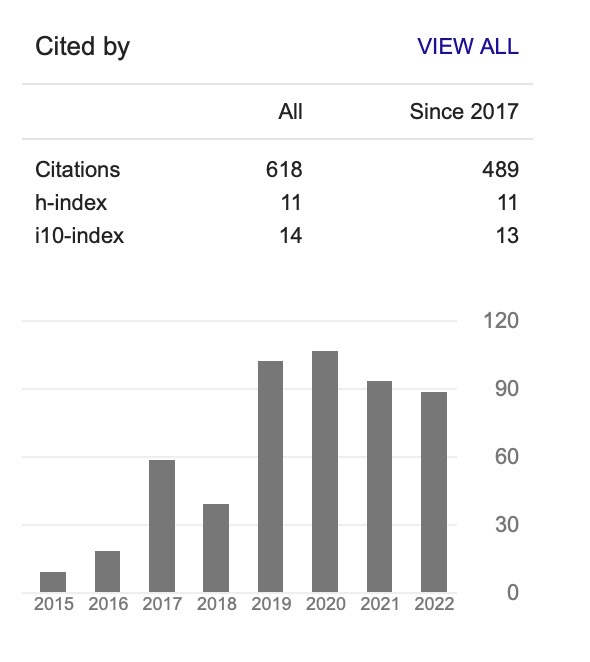Development of Solar Tracking Robot for Improving Solar Photovoltaic (PV) Module Efficiency
Keywords:
renewable energy, solar tracking, solar photovoltaic (PV) moduleAbstract
Solar energy is considered as the cleanest and most abundant renewable energy source available planet-wide. Solar energy is produced by the sun’s light that can be harnessed and converted directly into electrical energy using solar photovoltaic (PV) module. The solar energy that is harnessed is used for generating electricity, and heating water for domestic, or industrial use. However, conventional solar panels are usually installed in a fixed position where the solar panel does not change orientation towards the sun as it constantly changes position varying with time. As a result, these solar panels are unable to acquire maximum exposure of solar radiation which results in low energy conversion efficiency. Therefore, the aim of this project is to develop a four wheeled base automated solar tracking robot that is capable of tracking light source. The efficiency of solar photovoltaic (PV) module was increased since the robot automatically tracks the movement of the sun for maximum amount of solar radiation. The main components of the robot were consisted of microcontroller, light sensors, servo motors and DC motors. The robot was programmed to detect light source by calculating the average resistance value between four light dependent resistors (LDR) and servo motors to rotate panel either vertically or horizontally. When there is shading on the solar PV module, DC motors was rotated to move the robot to search for new light source. The robot was tested based on its ability to detect light effectively and accurately. The robot was able to track light accurately with accuracy of 93.33%. The performance of solar tracking robot was also analysed by comparing the output power between solar tracking robot and fixed panel. It is found that the solar tracking robot was able to provide a 10.47% increase in solar energy conversion efficiency compared to fixed panel.








